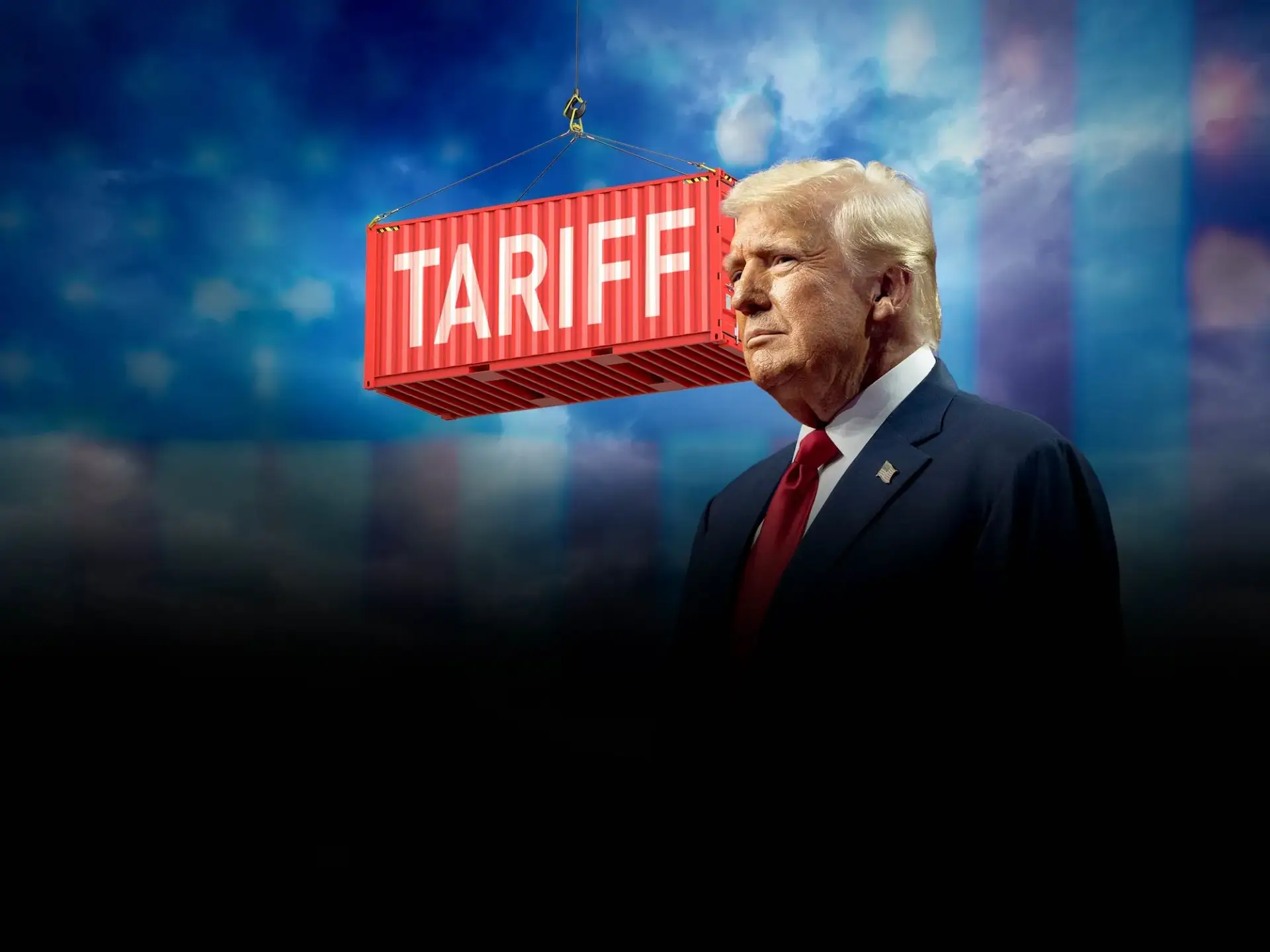Trump announces tariff plan, lumber market faces new challenges
On February 24, 2025, Timber Market News reported that President Trump stated at a press conference that the tariff plan against Canada and Mexico will be implemented as scheduled next month, ending a one-month suspension period.
Despite talks between the Trump administration and Canadian and Mexican officials, Trump made it clear he would end the 30-day suspension of tariffs that were set to take effect in February. Trump plans to impose tariffs of 25% on imports from Mexico, while most goods from Canada will face tariffs of 10%, with lower tariffs on energy products such as Canadian oil and electricity.
“We are implementing the tariffs on time and it looks like it’s going very quickly,” Trump said.
Responding to a question about taxes on America's two largest trading partners, Trump also stressed that his planned "reciprocal" tariffs would begin in April.
“The tariffs are proceeding on time, on schedule,” Trump said.
LumberFlow Expert Interpretation
For Chinese timber importers, this news may mean more volatility and risks in the timber supply chain in the future. With the implementation of tariffs, the price of timber and related products from the United States may rise significantly, which will directly affect market prices and supply stability. Chinese importers need to pay close attention to this development so as to take into account possible price fluctuations and potential risks in the supply chain in their purchasing decisions.





